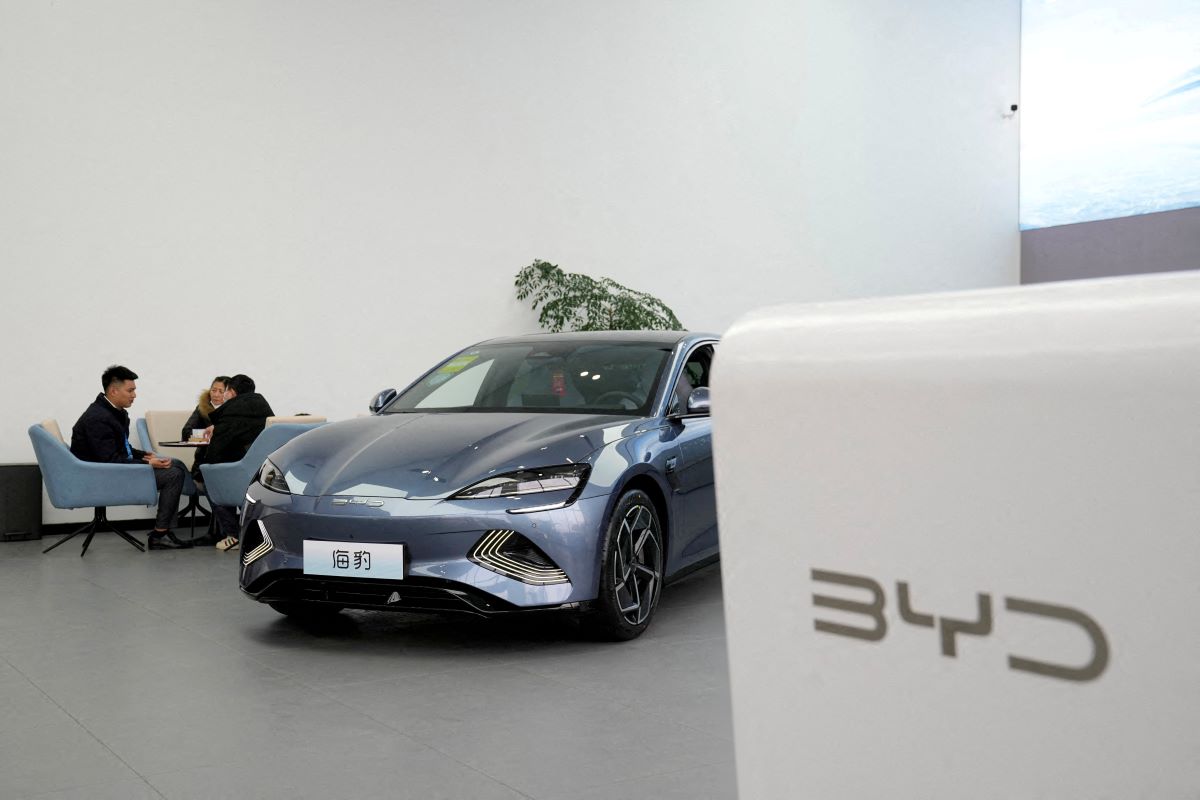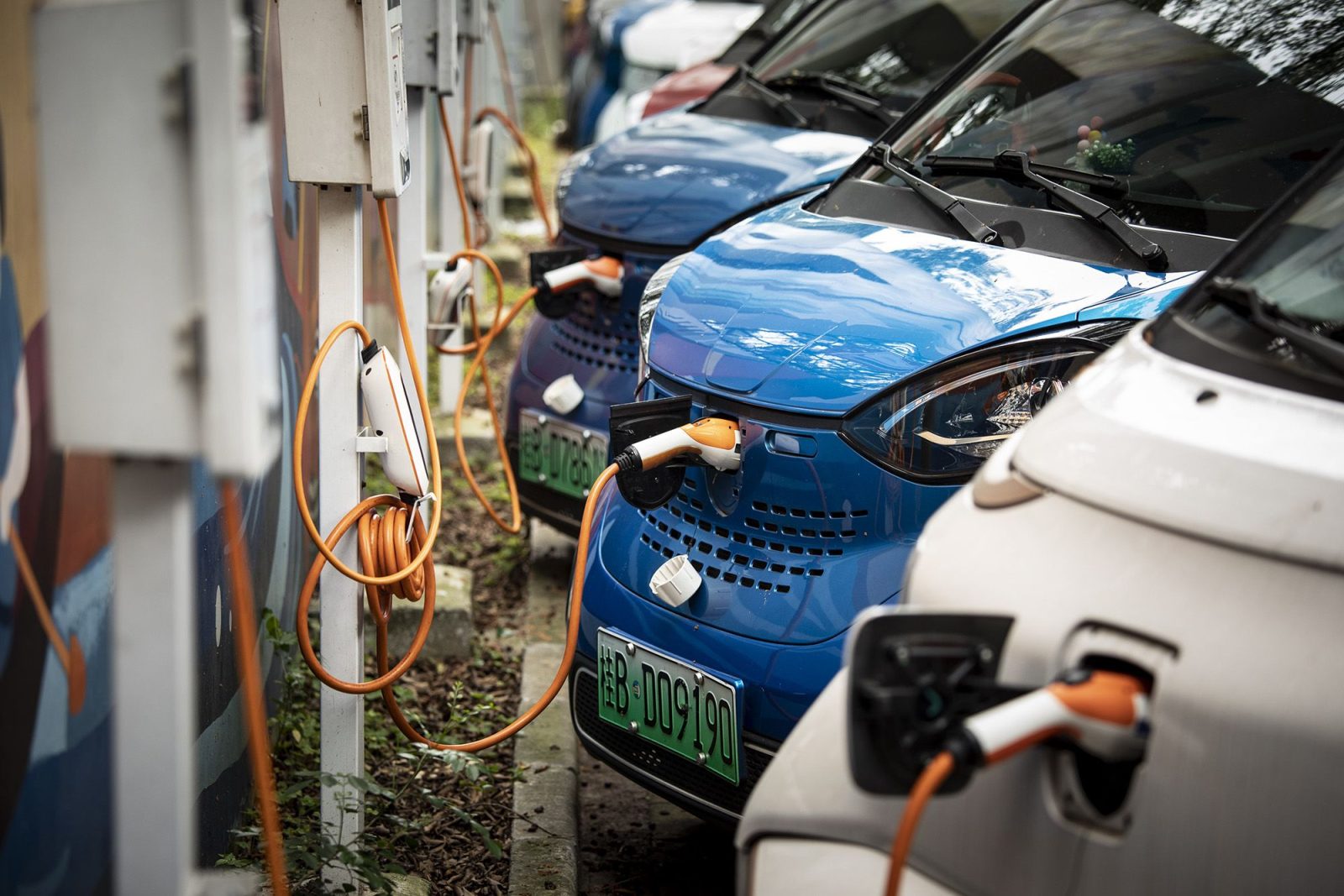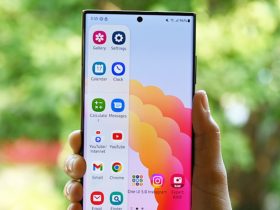Chinese automakers are becoming a significant challenge to their American counterparts, even without directly selling vehicles to U.S. consumers.
Their vehicle sales are rapidly increasing in Asia, Europe, and other regions. In 2023, China reported exporting over 5 million vehicles, surpassing Japan to become the world’s leading car exporter.
This surge in exports, driven by established state-owned companies like SAIC and Dongfeng and newer entrants such as BYD, Nio, and others, has propelled China from the sixth spot to the top position since 2020.
Meanwhile, U.S. vehicle exports have been on the decline, with automakers like General Motors reducing international operations. According to the U.S. Bureau of Economic Analysis, American auto exports in 2022 were 25% lower than their peak in 2016.
Before 2020, the U.S. was the fourth-largest vehicle exporter globally. However, by last year, it had dropped to sixth place, falling behind Mexico, South Korea, and Germany, according to global consulting firm AlixPartners.
“My No. 1 competitor is the Chinese carmakers,” said Carlos Tavares, CEO of Stellantis, during a media roundtable. “This is going to be a big fight. For a global automaker like Stellantis, competing head-on with Chinese carmakers is the only option.”
The threat from Chinese automakers goes beyond the sheer volume of exports. They have set new benchmarks for vehicle production and pricing, releasing new models at unprecedented speeds.
Additionally, many Chinese companies, particularly in the electric vehicle (EV) space, are producing these cars profitably—a challenge that U.S. automakers like GM and Ford have yet to master.
BYD’s Market Dominance
BYD is often cited as a prime example of China’s automotive rise. Supported by the Chinese government, BYD surpassed Tesla last year to become the largest seller of EVs globally.
Tesla CEO Elon Musk, whose company has a significant manufacturing presence in China, acknowledged that Chinese automakers are Tesla’s biggest competitors.
“Some people believe that the top 10 car companies will be Tesla followed by nine Chinese automakers. They might not be wrong,” Musk said.
Between 2015 and 2020, BYD reportedly received around $4.3 billion in state support, according to Rhodium Group estimates. Beijing has also provided subsidies to incentivize electric car buyers.
One of BYD’s standout models is the Seagull, a compact EV priced at approximately $11,400. Even with the U.S.’s 27.5% tariff on Chinese-made vehicles, the Seagull would still cost less than $15,000 in America, significantly undercutting the prices of U.S.-made EVs.
“This car scares me,” said Kristin Dziczek, automotive policy advisor for the Federal Reserve Bank of Chicago, at the Automotive Insights Symposium. “How are we going to cut the price of EVs in half? China has already done it.”
Mathew Vachaparampil, CEO of Caresoft Global, a consulting firm, estimates that BYD makes around $1,500 per Seagull sold. At worst, the company breaks even.

BYD’s influence is expanding internationally. About 10% of its more than 3 million sales in 2022 were in overseas markets, doubling the company’s international sales share compared to the start of the year, according to Bernstein.
“BYD’s success is rooted in its highly efficient cost structure and innovative product development, which come from its extensive vertical integration.
This advantage will help BYD thrive in the EV race both in China and globally,” said Bernstein analyst Eunice Lee in a recent note. Lee predicts a 29% compound annual growth rate in BYD’s earnings through 2025, despite pricing pressures in China.
Global Expansion of Chinese Automakers
China’s automotive growth initially centered in its domestic market, where it began taking market share from mandatory joint ventures with foreign automakers.
For instance, GM’s share of the Chinese market, including its joint ventures, has dropped from about 15% in 2015 to 8.6% by the third quarter of 2022.
Mark Wakefield, global co-leader of AlixPartners’ automotive practice, noted that Chinese new energy vehicle brands, which had a 26% market share a few years ago, controlled more than 50% of the market by 2022. This share is expected to rise to two-thirds by the end of the decade.
Chinese automakers are expanding beyond their domestic market into regions like Mexico, Europe, and others, offering affordable models that U.S. automakers have abandoned, as well as electric vehicles, a growing global market.
In Europe, Chinese companies accounted for 8% of all-electric vehicle sales as of September 2022, with expectations that this could rise to 15% by 2025, according to the European Union.
The EU believes Chinese EVs are priced about 20% lower than European models, sparking efforts to provide more government support to local automakers.
In Mexico, the market share of China-built internal combustion vehicles rose from 0% to 20% of light-duty vehicle sales over the past six years, according to Dziczek of the Chicago Fed.
“Mexico is the second-largest market for China-made vehicles after Russia,” she noted, predicting that Chinese vehicles would soon make their way to North America.
For years, Chinese automakers have expressed intentions to sell cars in the U.S. under their own brands, but so far, none have succeeded.
That doesn’t mean Chinese automakers don’t have a presence in the U.S. market. Brands owned by Chinese companies, such as Lotus, Volvo (including its Polestar spin-off), and niche EV maker Karma, are already operating in the U.S.
Additionally, American automakers like GM and Ford are either already importing or planning to import vehicles from China for sale in the U.S. For example, GM imports the Buick Envision from China, while Ford announced plans to import its upcoming Lincoln Nautilus crossover from China.
Despite the challenges, some believe Chinese automakers could eventually succeed in the U.S. by following a similar path to Japan’s Toyota and South Korea’s Hyundai.
Both companies initially entered the U.S. market with affordable, accessible vehicles and gradually improved quality and safety before expanding to premium models.
“The Japanese automakers arrived in the U.S. in the ’70s, and it took them 50 years to reach the top of the market. I don’t see why this couldn’t happen with Chinese automakers,” Stellantis’ Tavares said.







Leave a Reply